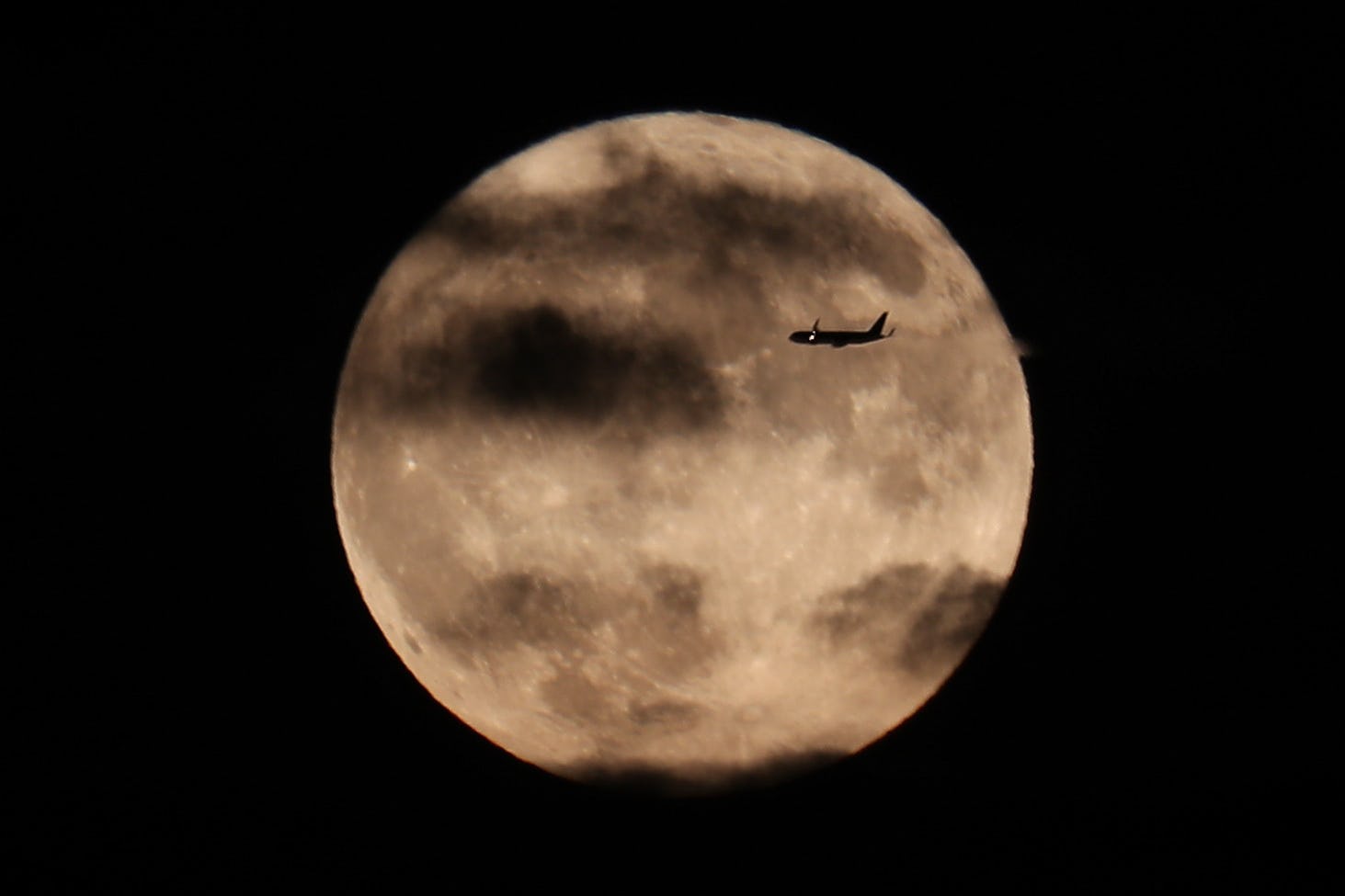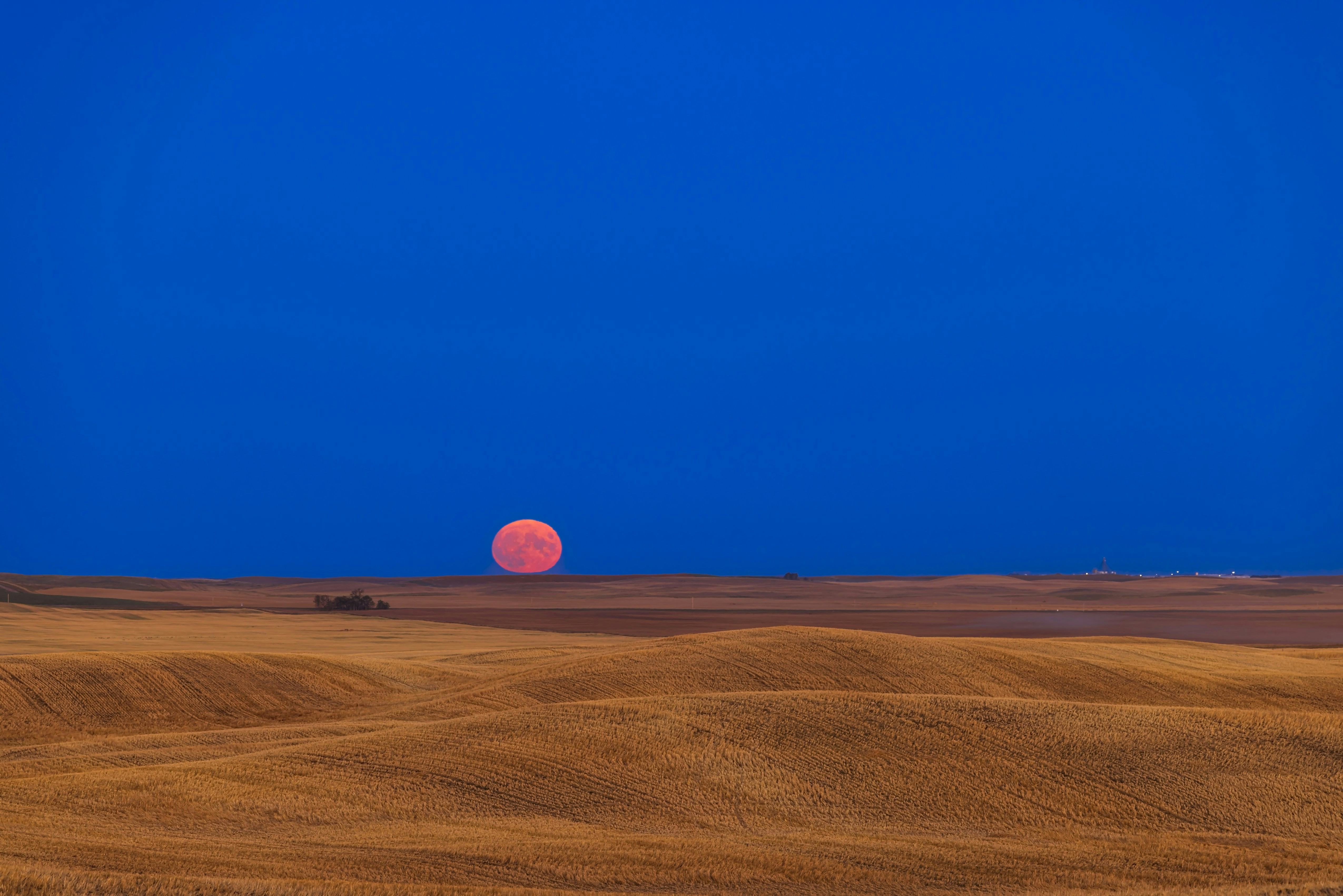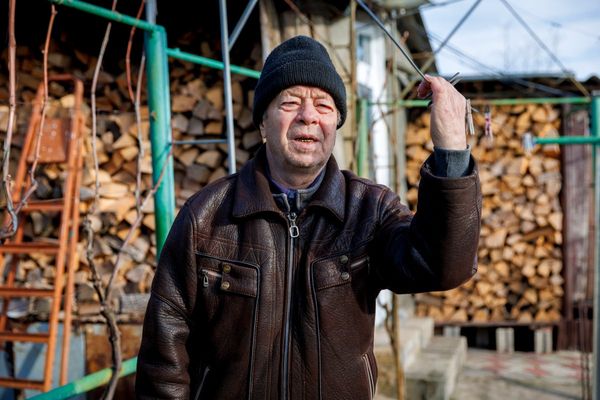
September’s Harvest Moon will shine in the night sky this weekend, with special guest appearances by our Solar System’s gas giants.
Since July, the full Moon has looked a little bit bigger and brighter than usual, thanks to a quirk of timing that had the Moon turning full at about the same time its orbit passed closest to Earth. Skywatchers call this cool coincidence a supermoon, and the late summer of 2023 has given us three of them in a row. September’s full Moon is set to end the series in style this weekend. The full harvest Moon will rise on Friday evening at around 6:30 EDT and shine through the night.
For the best view of the September Harvest Supermoon, though, look low in the eastern sky around 8:30 EDT on Saturday evening. You should be able to see Saturn to the right of the Moon and slightly higher in the sky; it’ll be one of the few stars that actually show up against the brightness of the Moon. Jupiter will be the bright point of light to the left of the Moon and slightly lower.

Why Is It Called the Harvest Moon?
The full Moon closest to the fall equinox (the day when Earth’s equator is, briefly, perfectly lined up with the Sun) is called the Harvest Moon, at least in much of the Northern Hemisphere. That’s because even when the Harvest Moon isn’t a supermoon, it shines brightly in the night sky, allowing farmers to work late into the night during the fall harvest.
2023’s fall equinox happened on September 23, which makes this weekend’s full Moon the Harvest Moon.
What is a Supermoon?
A supermoon happens when the Moon makes its closest pass to Earth, or perigee, while it’s also full. That puts the Moon thousands of miles closer to Earth than average (this month, it’s about 14,000 miles closer, but it varies depending on how close the Moon is to perigee when it’s full). Because it’s a little closer than usual, it looks a little bigger and brighter in the sky.
The difference in size and brightness is so subtle that you probably won’t notice if you don’t spend a lot of time looking at the Moon, but a supermoon is still an excellent time to look up and see the Moon at its brightest — and think about the way Earth and its nearest neighbor move through space.
This weekend’s supermoon Harvest Moon will be the fourth supermoon in a row; we just saw one in July and two in August. Your next chance to see a supermoon will come almost a year from now, in August 2024, and it’ll mark the start of another four-in-a-row supermoon series.







